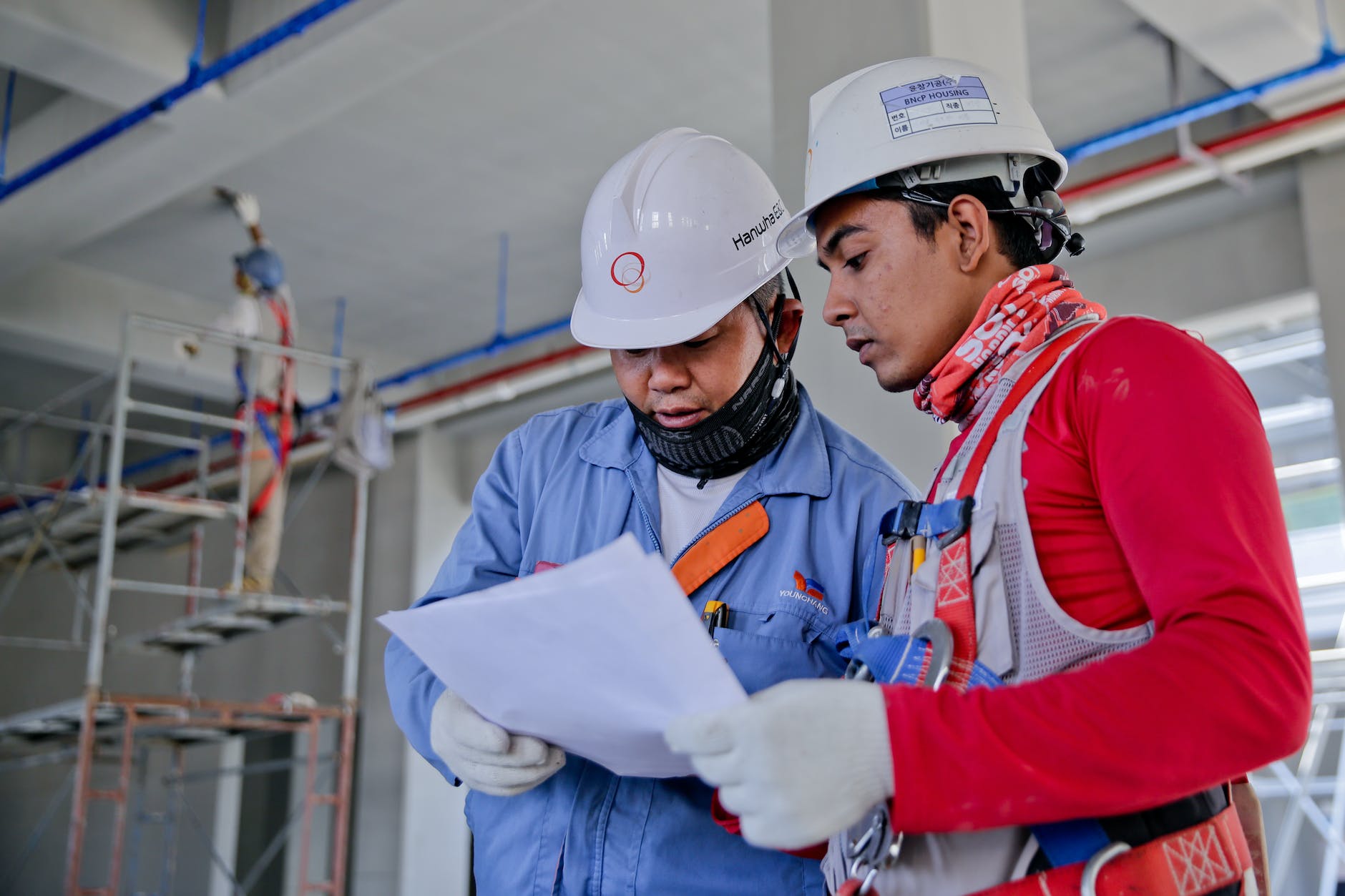
Safety Rules in Industry: Protecting Lives and Enhancing Efficiency
Safety Rules in Industry : Safety within industrial settings stands as a critical pillar for both employees and employers alike. In recent years, the focus on implementing stringent safety rules has amplified, owing to the alarming rate of workplace accidents. These regulations aren’t just guidelines; they are the backbone ensuring the well-being of those working within industries.
Importance of Safety Regulations
Safety regulations are not merely bureaucratic hurdles but are rooted in preserving lives. According to the Occupational Safety and Health Administration (OSHA), adhering to safety protocols significantly reduces the likelihood of accidents. These rules act as preventive measures, safeguarding against potential hazards that could result in severe injuries or fatalities.
Key Safety Rules and Regulations
OSHA plays a pivotal role in establishing and enforcing safety standards across industries. Their guidelines cover various aspects, from the proper use of personal protective equipment (PPE) to stringent protocols for machinery and equipment safety. These rules serve as a blueprint for ensuring workplace safety.
Training and Education on Safety
Educating employees about safety protocols is as crucial as setting regulations. Employers conduct comprehensive training programs, imparting knowledge about potential hazards and the correct use of safety equipment. Continuous learning ensures that workers remain updated on the latest safety measures.
Risk Assessment and Hazard Mitigation
Identifying potential hazards is the first step towards preventing accidents. Industries implement risk assessment protocols to analyze and mitigate risks. Strategies are devised to eliminate or minimize risks, ensuring a safer work environment.
Emergency Preparedness and Response
Preparing for emergencies is pivotal in reducing the impact of unforeseen events. Developing and regularly updating emergency plans, coupled with adequate training for employees, ensures a swift and efficient response during crises.
Safety Leadership and Accountability
Leadership involvement in promoting safety culture instills a sense of responsibility among employees. Holding individuals accountable for safety violations fosters a culture of adherence to regulations.
The Impact of Safety on Productivity
Contrary to common belief, stringent safety measures enhance productivity. A safe workplace boosts employee morale, reduces absenteeism, and increases efficiency.
Technological Advancements in Safety
Technology continues to revolutionize safety in industries, introducing innovations like sensors, IoT, and AI-driven solutions that detect and prevent accidents.
Challenges in Implementing Safety Rules
Despite the benefits, implementing safety rules faces challenges such as resistance, compliance issues, and the delicate balance between safety and operational efficiency.
Global Standards and Adaptation
Comparing safety regulations worldwide highlights the importance of adapting to global standards to ensure a universally safe work environment.
The Future of Safety Rules in Industry
The future promises further advancements in safety measures, driven by technological innovation and evolving methodologies.
Safety rules in an industrial setting are crucial for preventing accidents and ensuring the well-being of workers. Here are some fundamental safety rules commonly implemented:- Personal Protective Equipment (PPE): Wear appropriate gear such as helmets, gloves, safety glasses, ear protection, and steel-toed boots as necessary for the job.
- Follow Procedures: Adhere to established procedures and protocols for operating machinery, handling hazardous materials, and performing tasks.
- Machine Safety: Respect machine guards, follow lockout/tagout procedures, and never bypass safety mechanisms.
- Training and Education: Ensure all workers are adequately trained in their tasks, safety protocols, and emergency procedures.
- Housekeeping: Keep work areas clean and organized to minimize hazards like spills, clutter, or obstructions.
- Reporting Hazards: Encourage reporting of potential hazards or unsafe conditions to supervisors or the safety team promptly.
- Emergency Preparedness: Know the location of emergency exits, fire extinguishers, first aid kits, and be familiar with emergency procedures.
- Chemical Safety: Handle and store hazardous chemicals properly, following Material Safety Data Sheets (MSDS) guidelines.
- Heavy Lifting Safety: Use proper lifting techniques and equipment to prevent strain or injury when handling heavy objects.
- Workplace Ergonomics: Maintain ergonomic workstations to reduce the risk of repetitive strain injuries.
- Safe Behavior: Avoid horseplay, distractions, or working under the influence of drugs or alcohol.
- Safety Signage: Pay attention to and obey warning signs, labels, and safety instructions posted around the workplace.
- Regular Inspections: Conduct routine inspections of equipment, tools, and workplace conditions to identify and address potential hazards.
- Safety Meetings: Participate in safety meetings to discuss concerns, share best practices, and reinforce safety protocols.
- Continuous Improvement: Encourage a culture of safety where feedback and suggestions for improvement are welcomed and acted upon.
These rules may vary depending on the specific industry, but prioritizing safety is always paramount in any work environment.Conclusion
Safety rules in industries serve as the cornerstone for protecting lives and enhancing productivity. Embracing stringent regulations, fostering a safety-centric culture, and leveraging technological advancements are imperative for a safer and more efficient workplace.
Safety Regulations in Industrial Safety
Frequently Asked Questions (FAQs)
- Are safety rules only beneficial for employees? Safety rules benefit both employees and employers by ensuring a secure work environment and enhancing productivity.
- How often should emergency drills be conducted? Regular emergency drills should be conducted to ensure preparedness and swift responses during crises, ideally quarterly or as mandated by regulations.
- Can technological advancements completely eliminate workplace accidents? While technology significantly reduces risks, a comprehensive approach combining technology, training, and strict adherence to protocols is necessary to minimize accidents.
- How can industries balance safety measures with operational efficiency? Finding the right balance involves investing in advanced technology, training, and creating a safety-conscious culture that doesn’t compromise productivity.
- What role do employees play in ensuring workplace safety? Employees play a crucial role by adhering to safety protocols, reporting hazards, and actively participating in training programs to maintain a safe work environment.

























This is really needed for general knowledge. I’ll really appropriate if you give us more information in future so that we can share the knowledge with the team